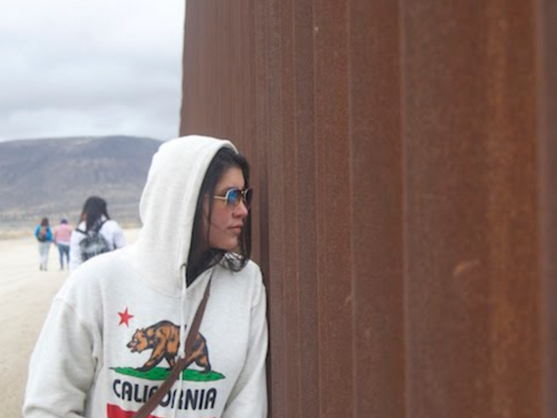San Diego Border
San Diego is home to the most militarized, technologically advanced, and highly trafficked border in the entire world.
This rich trans-border culture, influenced by its proximity to the U.S./Mexico border, continues to develop a unique Chicano population and identity making up over one third of the city’s populace. This diverse cultural group has been underrepresented politically.
Through community-driven resilience it has survived and thrived. How can a group that has not only been underrepresented, but misunderstood, gain respect in light of the media’s outlook on issues involving immigration? How is a city so close to Mexico affected on a daily basis by legal and illegal immigration?
This program will explore the impact of living only 15 miles from the U.S./Mexico Border and the challenges faced by families, local farmers, businesses, and the large Chicano community.
Meet the Amigos Car Club, a grassroots organization that has curbed gang-violence in urban areas, visit with members of Friendship Park, the location where families meet to connect at the border, highlighting the extreme differences between life on two sides of a wall.
Journey into the two different sides to one centralized issue: the border. Hear from local activists who believe that reform is necessary to this humanitarian issue, while also hearing directly from the border patrol who man the border fence. Work with international refugee population on urban green restoration initiatives.
The border is not just a physical presence, but a mental one as well. Take the Chicano Park Mural tour, meet the Amigos Car Club, and hear from community development activists who fight daily to counter the media’s stereotypes of the Chicano community that has built a home and thriving culture in Barrio Logan.
The Impact
The experience of an immersion program impacts post-travel
01
Discover the individual, cultural and political implications of the U.S./Mexico Border
03
Analyze different sociopolitical viewpoints ranging from Border Patrol Agents to local community activists
05
Participate in community-defined service projects supporting revitalization through art and providing aid to immigrants
02
Learn what it means to stand for community activism at the grassroots level
04
Understand the harsh realities affecting daily life in communities along the border








